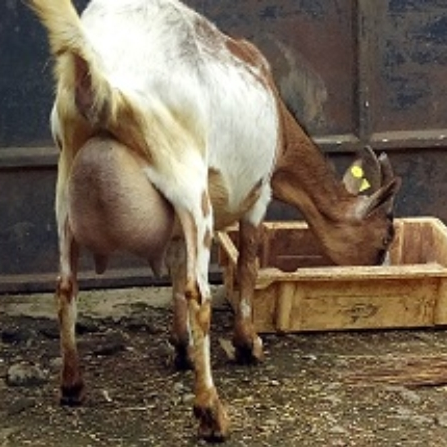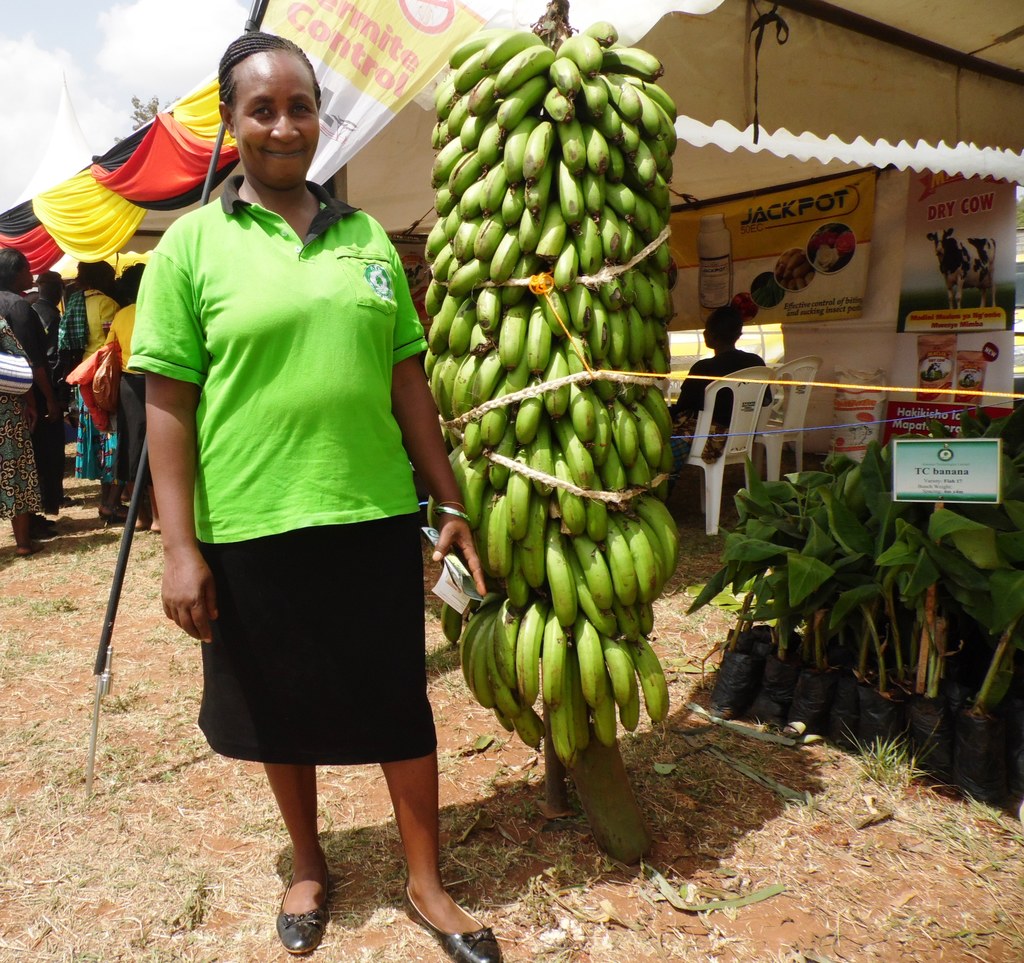
A dairy goat feeding from its feeding trough.
Rearing five goats for milk which requires low maintenance can earn a farmer Sh280, 560 monthly as compared to a dairy cow which can earn a farmer Sh155, 400 monthly but is of high maintenance.
For Kiringai Kamau, a farmer from Murang’a County who practices selective breeding for quality milk and kids, he spends Sh1500 a week on his 12 goats feed against the Sh3000 he used to spend on one cow.
RELATED NEWS: Free-range dairy goat earns farmer over Sh90,000 a year
“A goat’s feed comprises 3.5 per cent of dry matter. Therefore if well-fed and watered, goats rarely fall prey to diseases making the ventures profitable,” said Kamau.
“To improve on the milk quality and quantity I feed them proteins rich feeds such as desmodium, lucerne, calliandra, green leaves and a nutritious salt lick, which is constantly in their cages.”
Kamau began rearing goats for milk in 2015 when he sold his one dairy cow on August last year at Sh66, 000. He bought five young German Alpine dairy goats from Shambah Dairies Farm in Kangema in the same county for Sh60, 000. The farm also offered him training on how to venture in dairy goat farming.
RELATED NEWS: Camel milk, goat breeding lift Borana’s fortunes
He then used the remaining amount of money to improve his cow shed for the five goats a space which only one cow occupied.
“I decided to keep dairy goats after getting trainings from the farm on how to rear dairy goats and discovered it is cheaper and with more profit compared to the dairy cow I was keeping,” said Kamau.
“For the five days of training I paid Sh2500 and attended both theoretical and practical lessons which equipped me with the primary skills and knowledge in dairy goat keeping.”
Currently his shed has 12 goats; seven kids and five adult goats which he milks. He delivers 80 litres after every five days to Kibidav Dairies which specialises in goat milk products such as yoghurt and fresh milk under the brand name, Toggs Dairy Goat Milk.
His five dairy goats gives him 13 litres of milk daily fetching Sh103 per liter more as compared to his dairy cow which used to give him 20 litres of milk a day selling a litre of dairy cow milk at Sh37.
RELATED NEWS: Goat milk research paper births milk supply station
If Kamau were to sell his goats, he would earn between Sh20,000 and Sh40,000 a goat but it will depend on its current productivity.
Write comment (3 Comments)
















